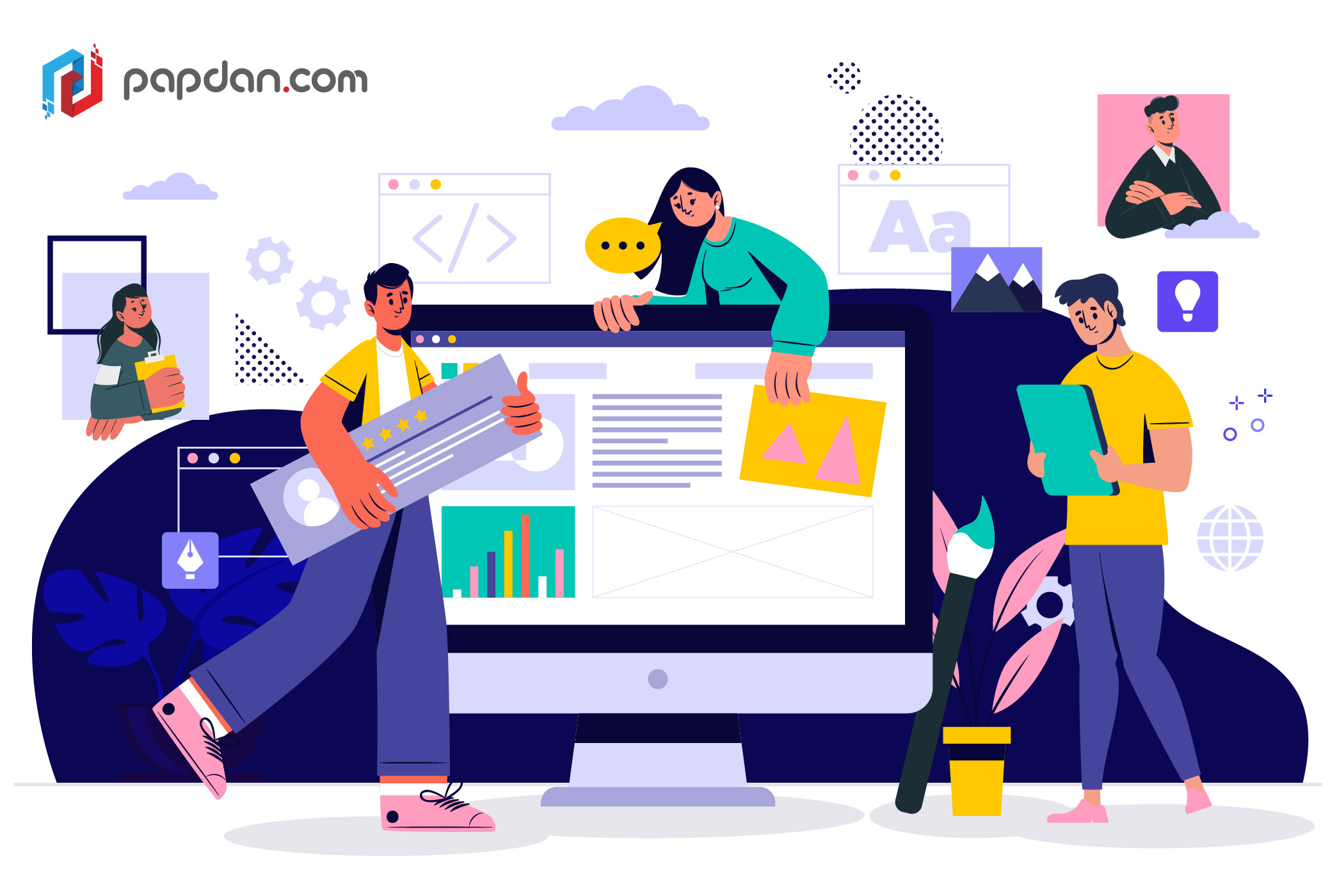When users enter the site, they don’t read, they scan. This process is even faster when they already have something to find. When they don’t, they’ll scan the page until they find a trigger or a meaningful word. They try to achieve their goal as soon as possible. It’s not about laziness, it’s our habit of using the web. For this reason, we as Melbourne web designers must design pages that are suitable for scanning.
To design that perfect site for scanning, you just need to follow one basic principle. It is to act according to user habits. Design according to habits usually include the logo in the upper left, the Search button in the upper right. And to help users scan even faster, divide the texts into titles.
But when designing a website, you don’t always have to follow those rules. You can come up with different and creative design. But you have to pay attention to things below.
Always do a usability test
We can agree that we all love our design but there is not guarantee the users feel the same. In order to know users feeling about your design, you must do a usability test.
Users must understand what the site is for
Always keep it simple. But it doesn’t mean that the user should receive every message you want to deliver right away. But you have to make them understand what the site is about. If you are creating an e-commerce site, users should know that they can buy something there. If you’re creating a scholarship blog, users should know that they will get that information. Sometimes site talk about themselves too much without giving users any idea of the site’s purpose.
Pay attention to every page, not just the homepage
Now, you have explained to the user what the site is for. It’s a great start. But as your site become more popular, the number of users coming with external links is quite high. You cannot know which page of the site they will land. So, there should pay attention to each page. Make sure each page shows your identity. You can achieve this by placing logo and having integrated themes.
Users don’t wonder how something works
They don’t wonder if it works well or badly. It just wonders if it works until you deliver better. When you offer better, you provide a better user experience and gain loyal users. For example, on an e-commerce site, the user does not need to know technically how a t-shirt is filtered. We use a visual filter in the interface. Let the design do its job and disappear. This is just a simple example, consider this topic on your own project.

